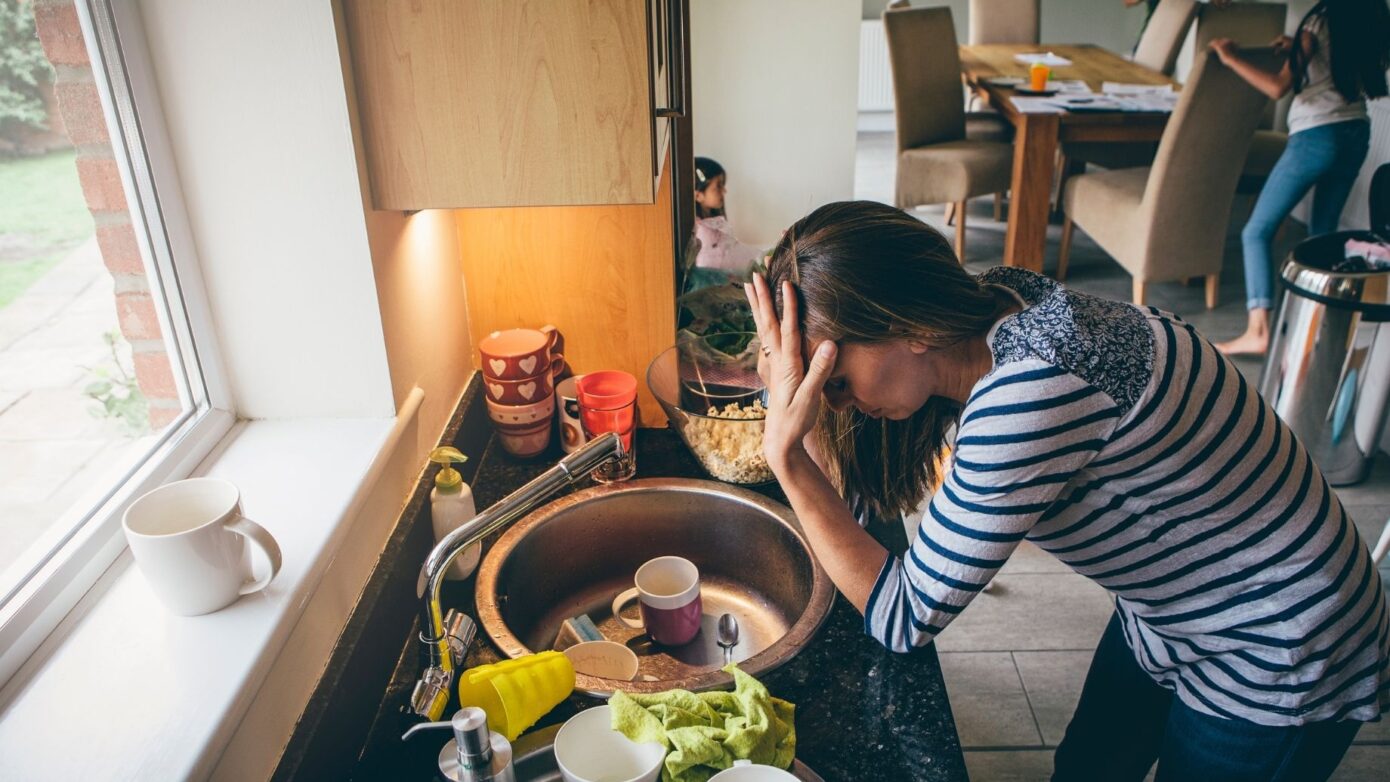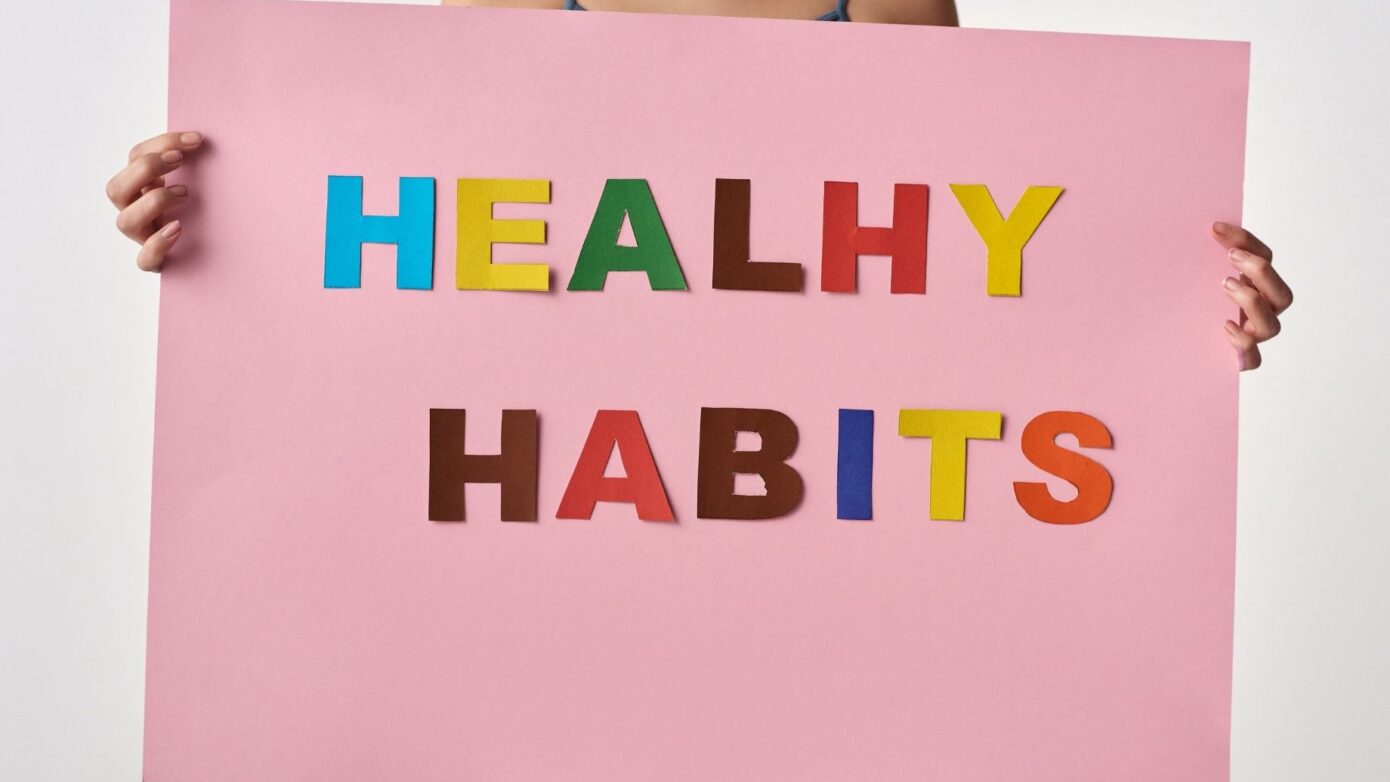As another school year cranks into gear, chances are you’re spending your mornings running yourself ragged packing lunchboxes and finding clean uniforms, and making sure everyone is fed. If you haven’t yet showered or brushed your hair by 10am, you’re certainly not alone.
Living through two years of a pandemic has taken its toll on all Australians – but parental burnout is another thing entirely. A global study found that parents in Western countries are much more susceptible to stress and burnout (because parenting is much more of a solitary activity in the West rather than kids being ‘raised by a village’).
And mothers are particularly susceptible: they care for everyone around them, carry a huge mental load, and usually put themselves at the bottom of the priority list.
Is it time to put yourself first? Heck yes.
And here’s why: Parents who look after themselves physically, mentally and emotionally make far better parents – that’s a fact.
Taking care of you reduces irritability, stress and that feeling of overwhelm we can all experience when trying to run a household and ensure everyone in the family’s happy.
Plus, nurturing your relationship with your partner (something we often forget to do or run out of time for) is also important: it helps model good relationships for your kids, keeps the lines of communication open – and keeps you connected as a team while you’re in the parenting trenches.
4 great self-care solutions for parents
Feed yourself! Look, we’ve all contemplated microwaving a cup of tea that went cold before we had a chance to drink it – simply because we were dealing with crises and making sure everyone else in the family was ok. But it’s important to ‘fill your cup’ first, whether that entails getting up a little earlier to have a quiet coffee and healthy breakfast, or bulk-batch cooking so you know there’s always something healthy to pull out of the freezer for those days when the wheels fall off the trolley.
Move your body. Although exercise classes such as yoga, Zumba or Crossfit are great, sometimes it can take military precision to actually make it to one. So figure out what’s doable, whether that’s an early morning run while the kids are asleep, a HIIT Youtube workout while your baby naps, or just a post-dinner walk with the whole family before bed. You’ll bond with your tribe and find lots of interesting things to look at and talk about.
Prioritise your sleep. We get it. The kids are in bed and all you want to do is watch a few episodes of something on Netflix and zone out with the small window of time you have to yourself. But before you know it, it’s midnight and you get that sinking feeling: it’s only six hours (or less) til you’ll be woken up again. Experts say the bedtime ‘sweet spot’ is between 10-11pm – firstly because it ensures you around 7-8 hours sleep, it fits well with circadian rhythms and it’s good for heart health.
Outsource where you can. If you’ve got the means, buy back slivers of precious time by hiring a housecleaner and a dogwalker, using online shopping, engaging a laundry service that picks up and drops off, and even getting a mother’s helper who can do school drop-offs or pick-ups. Similarly, have a list of essential helpers on speed dial: a handyman, a babysitter, a kid who’s earning pocket money mowing lawns and washing cars – and use them! And if cooking stresses you out, create meal plans and order from healthy frozen meal companies for nights when you’re back late from kids activities and need a fast dinner.
Kinesiology as self-care
If you’re a parent stretched for time, stressed out of your brain or dealing with aches and pains or other health issues, kinesiology is a gentle modality that can really help.
You may feel ‘out of sorts’ or ‘out of balance’ but not know how to fix it, or you might have a specific ailment or health complaint you want to address. Via skills known as ‘muscle-testing’, a trained kinesiologist talks to the body and taps into the underlying issues that may be contributing to tensions or ailments in your body. These could be emotional, physical, environmental – a whole range of triggers.
Result? You exit the session feeling more in balance and a whole lot better.
To wrap up…
Raising a family is tough and can take up all your time. It’s easy to sacrifice your own self-care to tend to others – but it’s no way to live. And it’s only ensuring you’re presenting a stressed out, overwhelmed version of yourself to the world (and to your family).
While it may seem selfish to put yourself first, the results can only have beneficial knock-on effects for you and your loved ones. So why not start making it habit? You’ll be so glad you did.





